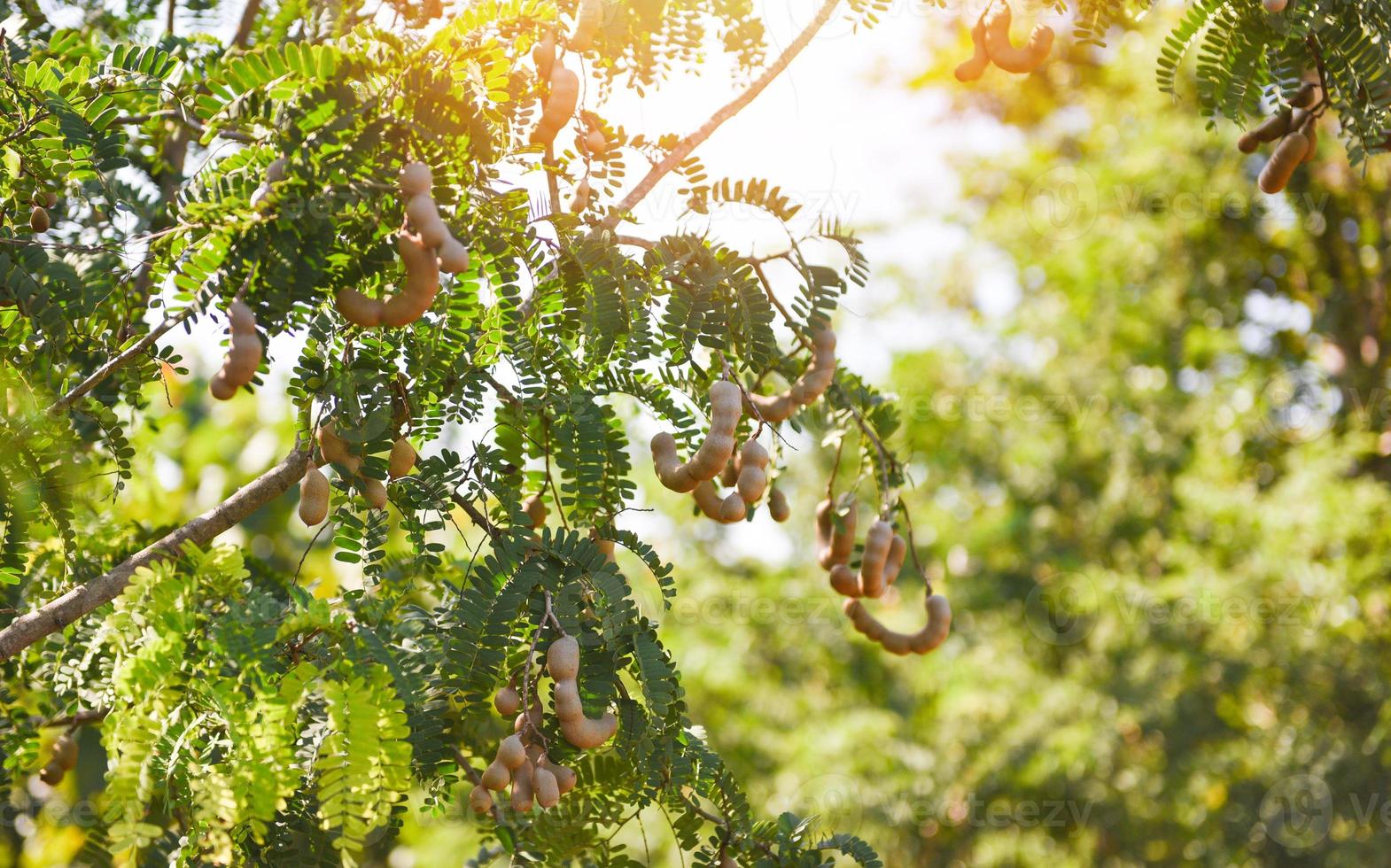
Tamarind in Ayurvedic and Traditional Medicine: Ancient Wisdom for Modern Wellness

Tamarind in Ayurvedic and Traditional Medicine: Ancient Wisdom for Modern Wellness

Long before tamarind became a global culinary staple, it held a place of honor in the healing traditions of numerous cultures. This extraordinary fruit, known as "Imli" in Hindi and "Tamarindus indica" scientifically, has been prescribed by traditional healers for thousands of years. At Esskay Natural, we're fascinated by how modern science is increasingly validating what ancient wisdom has long understood about tamarind's therapeutic potential.
Tamarind in Ayurvedic Medicine
In the 5,000-year-old tradition of Ayurveda, tamarind occupies a special position as a balancing agent across multiple doshas (constitutional types).
Ayurvedic Properties of Tamarind
According to classical Ayurvedic texts like the Charaka Samhita and Sushruta Samhita, tamarind possesses the following qualities:
- Rasa (Taste): Primarily sour (amla) with sweet undertones
- Virya (Energy): Cooling (shita)
- Vipaka (Post-digestive effect): Sour
- Dosha effects: Balances Vata and Kapha, may increase Pitta in excess
Traditional Ayurvedic Applications
Ayurvedic physicians have traditionally prescribed tamarind for:
Digestive Health
- Digestive stimulant (Deepana): Used to enhance appetite and digestive capacity
- Carminative properties: Alleviates bloating and intestinal gas
- Mild laxative effect: Promotes gentle intestinal cleansing
Detoxification
- Blood purifier (Rakta Shodhaka): Believed to cleanse toxins from the bloodstream
- Liver support: Used in formulations for liver health and function
- Febrifuge action: Traditionally used to reduce fever and associated toxicity
Nutritive Tonic
- Dhatu Poshana: Nourishes bodily tissues through its rich mineral content
- Balya: Provides strength during recovery from illness
"Tamarind exemplifies the Ayurvedic principle that food is medicine. Its complex taste profile activates multiple digestive mechanisms, making it both therapeutic and delicious." — Dr. Vasant Lad, Ayurvedic physician and author
Ayurvedic Preparations
Traditional Ayurvedic formulations featuring tamarind include:
- Tamarind rasam: A therapeutic soup combining tamarind with digestive spices like black pepper, cumin, and asafoetida
- Chyawanprash: Some regional variations of this famous Ayurvedic tonic include tamarind for its antioxidant properties
- Tamarind paste poultice: Applied externally for inflammation and joint pain
- Tamarind seed infusion: Used as an eye wash for conjunctivitis and other eye irritations
Tamarind in Traditional Chinese Medicine (TCM)
While less prominent than in Ayurveda, tamarind has established applications in Traditional Chinese Medicine, where it is known as "Suan Jiao."
TCM Properties of Tamarind
According to TCM principles, tamarind is characterized as:
- Nature: Cool
- Taste: Sour and sweet
- Meridians: Primarily affects the Liver, Stomach, and Heart meridians
Traditional Chinese Medicine Applications
TCM practitioners have historically prescribed tamarind for:
- Heat conditions: Clearing summer heat and relieving thirst
- Digestive harmony: Promoting proper stomach function and relieving food stagnation
- Detoxification: Supporting the body's natural elimination of toxins
- Blood circulation: Invigorating blood flow in specific conditions
Tamarind in Traditional African Medicine
Across the African continent, where tamarind trees grow abundantly in many regions, this fruit has been central to traditional healing practices.
West African Applications
In countries like Nigeria, Ghana, and Senegal, traditional healers use tamarind for:
- Malaria treatment: Often combined with other herbs to reduce fever and address symptoms
- Wound healing: Applied topically as a paste for minor injuries
- Respiratory conditions: Prepared as a soothing drink for coughs and sore throats
- Parasitic infections: Used as part of traditional protocols for intestinal parasites
East African Traditional Uses
In countries like Tanzania, Kenya, and Ethiopia, tamarind serves as:
- A postpartum tonic: Given to new mothers to restore strength and promote lactation
- Anti-inflammatory medicine: Applied to reduce swelling and pain
- Treatment for scurvy: Utilized for its vitamin C content long before the vitamin was identified
- Dental care: Twigs used as natural toothbrushes, and pulp applied to gums for infections
Tamarind in Indigenous American Medicine
After being introduced to the Americas in the 16th century, tamarind was quickly adopted into traditional medicine systems across Mexico, Central America, and parts of South America.
Traditional Mexican Applications
In traditional Mexican medicine, tamarind is prepared as:
- Agua de tamarindo: A cooling beverage prescribed for fevers and heat exhaustion
- Digestive remedy: Used for constipation and indigestion
- Liver support: Incorporated into cleansing protocols for liver health
Caribbean Folk Medicine
Throughout the Caribbean islands, tamarind is valued for:
- Cooling "bush teas": Brewed to reduce fevers and cool the body
- Blood purification: Used in traditional detoxification rituals
- Skin conditions: Applied topically for rashes and minor dermatological issues
Scientific Validation of Traditional Uses
Modern research has begun to validate many of the traditional medicinal applications of tamarind, demonstrating the scientific basis behind ancient wisdom.
Digestive Benefits: Ancient Wisdom Confirmed
Traditional healing systems universally recognized tamarind's digestive benefits, now supported by research showing:
- Fiber content: Scientific analysis confirms tamarind's high soluble and insoluble fiber content, explaining its traditional use for digestive regulation
- Enzyme activity: Studies demonstrate tamarind extract can enhance digestive enzyme function
- Microbiome effects: Emerging research suggests tamarind may act as a prebiotic, supporting beneficial gut bacteria
Antioxidant Properties: Traditional Understanding Validated
Ancient healers understood tamarind's preservative and rejuvenative qualities, which modern research attributes to:
- Polyphenol content: Scientific analysis has identified numerous phenolic compounds with antioxidant activity
- Free radical scavenging: Laboratory studies demonstrate tamarind extract's ability to neutralize harmful free radicals
- Cellular protection: Research shows tamarind compounds may protect cells from oxidative damage
Anti-inflammatory Effects: Ancient Applications Explained
Traditional use of tamarind for inflammatory conditions is increasingly supported by:
- Inflammatory marker reduction: Studies show tamarind extract can reduce key inflammatory markers
- COX-2 inhibition: Research suggests certain tamarind compounds may inhibit inflammatory enzymes
- Cytokine modulation: Emerging evidence indicates tamarind may help regulate immune signaling molecules
Antimicrobial Properties: Traditional Practices Verified
The traditional use of tamarind for infections now has scientific backing:
- Broad-spectrum activity: Laboratory studies confirm antimicrobial effects against numerous pathogens
- Biofilm disruption: Research shows tamarind compounds may interfere with bacterial colonization
- Synergistic effects: Studies demonstrate tamarind may enhance the effectiveness of certain antibiotics
Modern Wellness Applications Inspired by Tradition
Contemporary wellness practitioners are rediscovering and adapting traditional tamarind applications for modern lifestyles.
Integrative Medicine Approaches
Forward-thinking healthcare practitioners are incorporating tamarind into integrative protocols:
- Metabolic health: As part of holistic approaches to blood sugar management
- Digestive wellness: In comprehensive protocols for gut health and microbiome support
- Anti-inflammatory diets: As a functional food ingredient in anti-inflammatory nutrition plans
- Detoxification support: In gentle, food-based detoxification programs
Functional Food and Supplement Development
The nutraceutical industry is developing innovative tamarind-based products:
- Standardized extracts: Concentrated to provide specific bioactive compounds
- Prebiotic formulations: Targeting gut health and microbiome balance
- Joint health supplements: Utilizing tamarind seed extract for its reported cartilage-supporting properties
- Antioxidant complexes: Combining tamarind with other traditional botanical antioxidants
Contemporary Ayurvedic Formulations
Modern Ayurvedic practitioners are creating accessible tamarind preparations:
- Tamarind chews: Convenient digestive support based on traditional remedies
- Tamarind-infused ghee: For therapeutic cooking and medicinal administration
- Dosha-specific formulations: Tailored combinations for individual constitutional types
- Rasayana formulas: Rejuvenative tonics incorporating tamarind with other traditional botanicals
Practical Applications for Modern Wellness
For those interested in incorporating tamarind's traditional benefits into contemporary wellness routines, consider these approaches:
Daily Digestive Support
- Morning digestive tonic: Dilute 1 teaspoon of tamarind concentrate in warm water with a pinch of cumin powder
- Post-meal digestive aid: Small amount of tamarind chutney with lunch or dinner
- Digestive reset day: Simple tamarind soup or rasam as part of a gentle digestive cleanse
Seasonal Wellness Practices
- Summer cooling ritual: Tamarind beverage with cooling herbs like mint during hot weather
- Seasonal transitions: Incorporate tamarind during seasonal changes when digestion may be disrupted
- Winter wellness: Tamarind combined with warming spices as a traditional immune support
Stress Management and Balance
- Cooling practice for Pitta types: Tamarind beverage for those with naturally fiery constitutions
- Vata-balancing nutrition: Small amounts of tamarind in warming, grounding meals
- Kapha-reducing support: Tamarind's astringent qualities help balance Kapha tendencies
Safety and Considerations
While tamarind has an excellent safety profile established through millennia of use, traditional wisdom offers important guidelines:
Traditional Cautions
Ancient healing traditions recommend moderation for:
- Those with extreme Pitta imbalances (excessive heat conditions in Ayurveda)
- Individuals with certain acid-sensitive conditions
- Pregnant women in certain constitutional states (though moderate culinary use is generally considered safe)
Modern Considerations
Contemporary health professionals suggest:
- Consulting healthcare providers if taking medications, particularly for diabetes or cardiovascular conditions
- Starting with small amounts if new to tamarind to assess individual response
- Choosing high-quality sources to avoid contaminants or adulterants
Esskay Natural's Approach to Traditional Wisdom
At Esskay Natural, our production methods honor traditional knowledge while incorporating modern understanding:
- Traditional harvest timing: Following ancient wisdom about optimal ripeness for medicinal properties
- Careful processing: Preserving heat-sensitive compounds through controlled temperature methods
- Holistic quality assessment: Evaluating products both through modern testing and traditional parameters like taste, aroma, and appearance
- Sustainable sourcing: Supporting traditional growing methods that maintain the plant's integrity and medicinal value
Conclusion: The Timeless Relevance of Tamarind
The journey of tamarind through traditional medicine systems demonstrates the remarkable insight of ancient healers. What was once empirical knowledge passed through generations now finds validation in scientific laboratories, creating a powerful bridge between traditional wisdom and modern wellness approaches.
As contemporary society increasingly recognizes the limitations of reductionist approaches to health, traditional systems like Ayurveda offer holistic frameworks that consider the complex interplay of diet, lifestyle, and individual constitution. Within these systems, tamarind stands as a testament to nature's pharmacy—a single fruit offering multiple therapeutic benefits while delighting the senses.
At Esskay Natural, we remain committed to preserving and translating this ancient wisdom for modern wellness applications, ensuring that tamarind's remarkable healing potential continues to benefit generations to come.
About the Author

Dr. Priya Sharma
Food Industry Expert
With over 15 years of experience in the food industry, our expert brings valuable insights into natural ingredients and their applications in commercial food production.